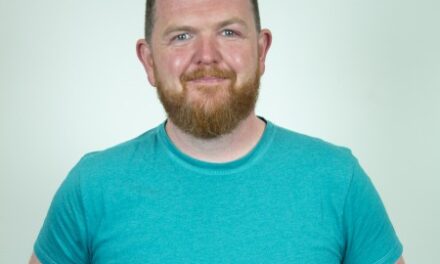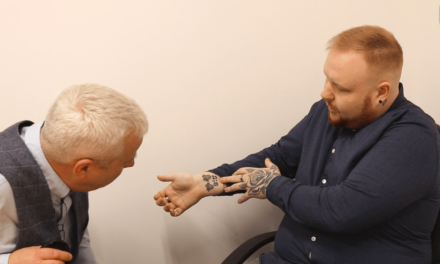Meet the Republic of Ireland’s first airborne community medics who are saving lives by saving time. In August, for example, they received 54 callouts.
They service has been running for one year now and can fly patients from isolated, rural areas to hospital in 20 to 30 minutes. Our editor, Allen Meagher, didn’t expect to meet them on scene, but that’s the point – you could meet them anywhere.
As well as getting patients swiftly to hospital, founder John Kearney’s vision’s is focused on bringing A&E to the patient – the opposite to traditional thinking. This year, the community-based, not-for-profit air ambulance expects to fly over 500 missions.
“Our job is to stabilise the patient and then transfer them to the (most) appropriate accident and emergency department,” said Peter Delea, advanced paramedic. “We can land nearly anywhere we want to land. For rural Ireland, in places such as Castletownbere where CUH is two hours away by road, we can bring patients to hospital within half an hour.”
The Irish Community Rapid Response (ICRR) is the charity behind the air ambulance and related medical emergency services. It was founded in 2006 by Mr Kearney from Baltimore after a young life was unnecessarily lost due to the ambulance service being unable to reach the victim in time.
It has won awards and accolades as it grew and has been recognised as a vital social enterprise through the Social Innovation Fund and the not-for-profit’s worth has been measured by partners in UCD.
“Out of the 100 emergencies that (our) teams currently respond to per month, six lives are saved,” says the ICRR. As Peter told ‘Changing Ireland’, as well as saving lives, their speedy interventions often result in shorter recovery times for patients and a better quality of life after an incident thanks to being transported to hospital at 300km per hour.
The Millstreet, Co. Cork, based service costs around €2million to run per annum and has just completed its first year of airborne operation. It is supported by and collaborates with the National Ambulance Service, the HSE and the Department of Health.
As the ICRR and others point out, access to medical care within “the golden hour” after an incident can often mean the difference between life and death. In Wales and England, charity-run air ambulances have been around for many years, while Northern Ireland Air Ambulance took to the air in 2017.
The ICRR says that their main call outs are for cardiac arrest, road accidents, stroke, falls from a height, and farming and equestrian related injuries.
The not-for-profit says it has four “asks” of people: to donate, volunteer, fundraise and to tell their story.
W: www.icrr.ie





